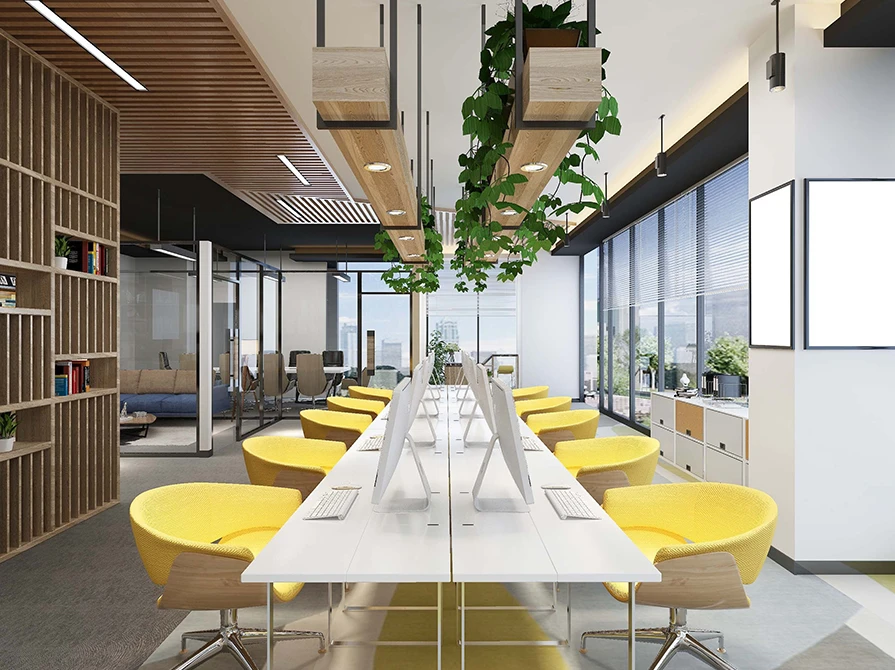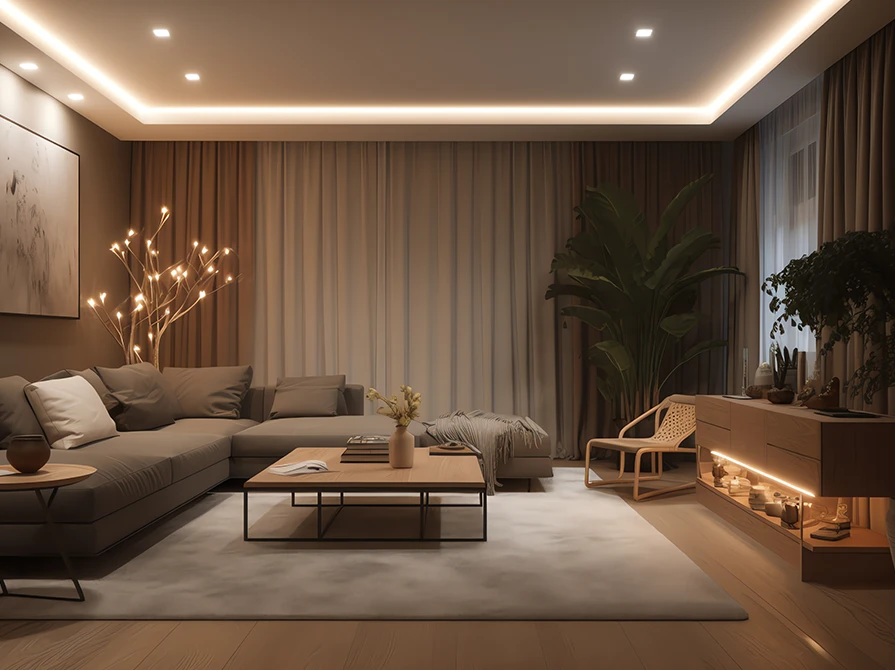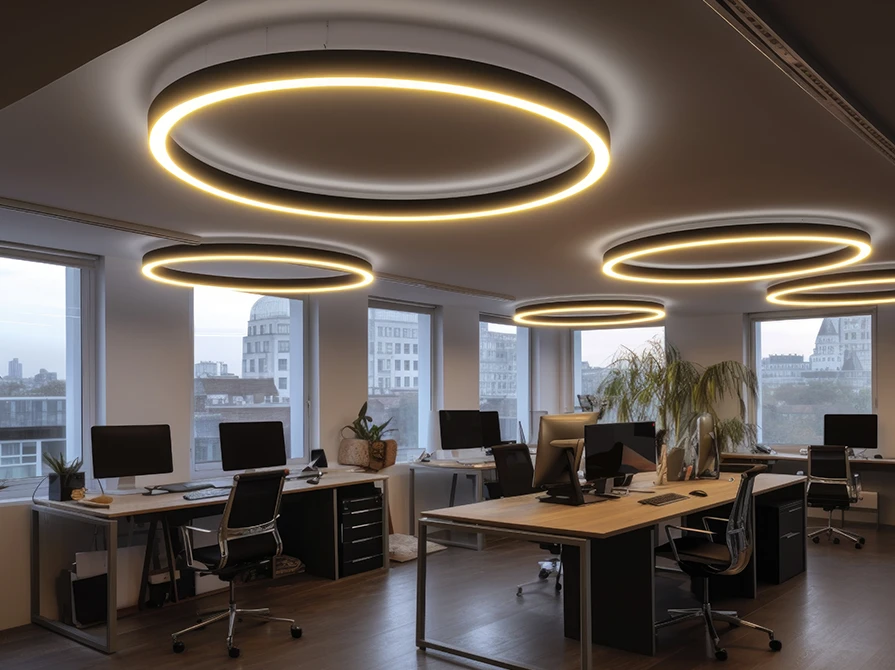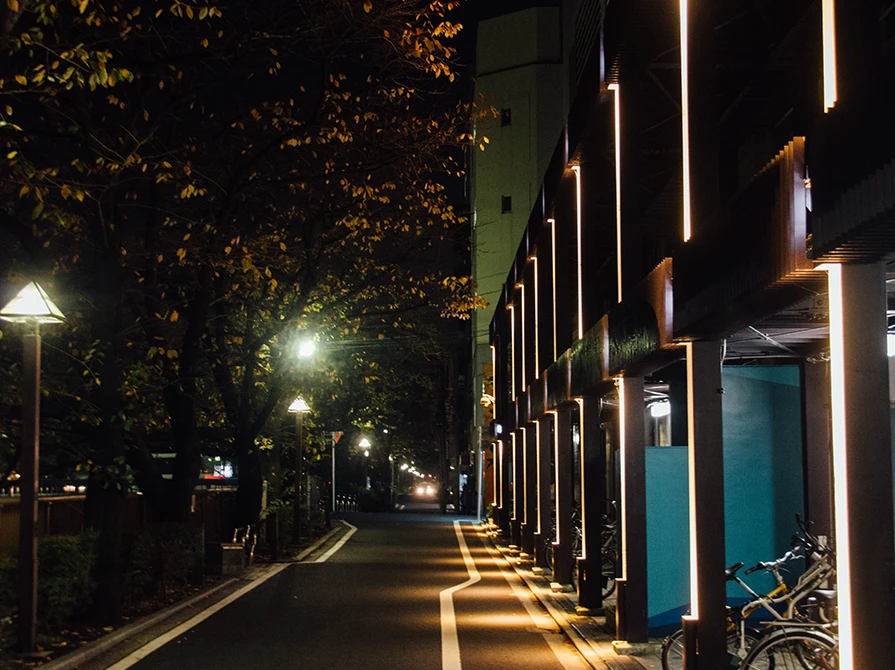


The introduction of the Internet of Things (IoT) has brought about a significant change in the field of lighting. Initially, IoT was mainly used for controlling home appliances, but it has now led to the creation of advanced smart lighting solutions. These smart lighting systems can be easily connected to IoT technology, providing various benefits and features that were once unimaginable.
Smart lighting involves the use of IoT-enabled sensors, bulbs, and adapters that allow users to remotely control and automate their lighting fixtures using their smartphones, tablets, or voice-activated assistants—basically, devices connected to the internet. Apart from enhancing the user experience, smart lighting also contributes to energy efficiency by allowing precise control over lighting schedules and intensity. Smart lighting systems have the ability to adjust automatically based on surrounding conditions such as occupancy, natural light availability, and ambient conditions. Such adjustments help reduce energy consumption and cut costs.
Smart lighting has become incredibly valuable in commercial settings, as it can create a healthy environment for employees. Studies have shown that lighting can significantly impact the well-being and productivity of workers. By utilizing advanced lighting solutions, modern workplaces are embracing the smart lighting trend to improve results and retain employees.
Human Centric Lighting
Lighting that mimics natural daylight is called human-centric lighting. It helps improve our performance, comfort, health, and overall well-being by working with our bodily functions. Light, as we all know, affects our vision in ways that allow us to see brightness, shapes, colours, and images. However, light also affects our biology by impacting our hormones, awareness, attention, and fatigue, as well as our body clock and circadian rhythm.
Human-centric lighting takes all these factors into account to provide a comprehensive and application-oriented approach to lighting for humans. It strives to balance the visual, emotional, and biological needs of people in various lighting scenarios.
Li-Fi
With Li-Fi technology, data can be transmitted by modulating the intensity of light. A photo-sensitive detector receives this light signal, which is then demodulated into electronic form. The modulation process is designed to be imperceptible to the human eye. This cutting-edge technology can be used in various environments: indoors, outdoors, and even in a dimmed setting.
With this high-speed, bi-directional, and wireless communication of data, commercial spaces are upping their internet game by using smart LED luminaires with their Li-Fi set-ups.
Power over Ethernet (PoE)
Power over Ethernet (PoE) lighting is a technology that connects, monitors, and controls LED light fixtures in smart building solutions. By utilizing this smart lighting technology, installation and operating costs can be reduced by over 50%, enabling commercial spaces to cope with their employees' wellness as well as stay sustainable.
One of the advantages of PoE systems is the convergence of electrical and communication networks into a single infrastructure. Additionally, utilizing low-voltage DC-powered LED lighting provides several benefits, including a lower carbon footprint when compared to traditional lighting options. They also use daylight sensors that allow personalized luminaire settings for intensity and colour.
Connected systems allow for the integration of various technologies to create smart lighting systems. By utilizing PoE technology, office lamps can be connected and transformed into HCL systems. Currently, the most commonly used technology is motion sensors, which expand the capabilities of connected lighting systems. When integrated with smart lighting, motion sensors detect the presence or movement of occupants in a room or area. This enables the lighting system to automatically turn on or off lights based on occupancy, significantly improving energy efficiency by eliminating the wasteful use of lighting in unoccupied spaces. Combining motion sensors with smart lighting enables automation features, such as personalized lighting preferences and scheduled lighting changes. For example, the system can learn occupancy patterns over time and adjust lighting settings accordingly, tailoring the lighting experience to individual needs and preferences.
Lighting systems have come a long way from their traditional functions in the modern age. They can now gather valuable data on how users use them. By using this data, smart lighting systems can create personalized environments that are more intelligent and adaptable. These advancements lead to workspaces that are healthier, safer, and more productive for their occupants.
Data Collection
Office lamps that are connected and equipped with sensors and IoT technology can collect data on different aspects of their usage. This includes data on occupancy levels, lighting preferences, activity patterns, and the timing of interactions with the lighting controls. The system constantly gathers and analyzes this information to comprehend how the workspace is utilized and how lighting affects the user experience.
Boosting Productivity
Having sufficient lighting is essential for boosting productivity in the workplace. Smart lighting can analyse usage patterns and user behaviour to optimise lighting conditions, reduce eye strain, promote focus, and minimise distractions. Task-specific lighting can be adjusted automatically to suit different work activities, providing a more conducive environment for efficient work performance.
Creating Safe Spaces
In workspaces, smart lighting systems can enhance safety. By utilizing motion sensors, the systems can detect when people are present and adjust the lighting accordingly. This ensures that areas are well-lit only when necessary. In case of emergencies, the lighting can be programmed to guide occupants to exits or safe zones. This proactive response reduces the risk of accidents and improves overall safety.
Wipro is committed to creating a better future for businesses and the country by prioritizing the well-being of its employees and improving office spaces. We have collaborated with top industry experts to introduce innovative smart solutions that transform the lighting and utilization of offices. Enlighted - Siemens, Cisco, and pureLiFi are esteemed partners who have joined forces with Wipro to craft the best-in-class smart lighting solutions. By combining the expertise of these esteemed partners, Wipro's smart lighting solutions provide unparalleled benefits to our customers. These solutions foster a healthier work environment by aligning with the principles of Human-Centric Lighting (HCL), thereby enhancing employee well-being and overall productivity.
With our commitment to innovation and collaboration, Wipro continues to lead the way in revolutionizing office spaces for a better future. We are dedicated to empowering businesses, facilitating a conducive environment for employees, and contributing to the advancement of the nation through smart, sustainable, and people-centric lighting solutions. Together, we illuminate the path toward a brighter tomorrow for all.







